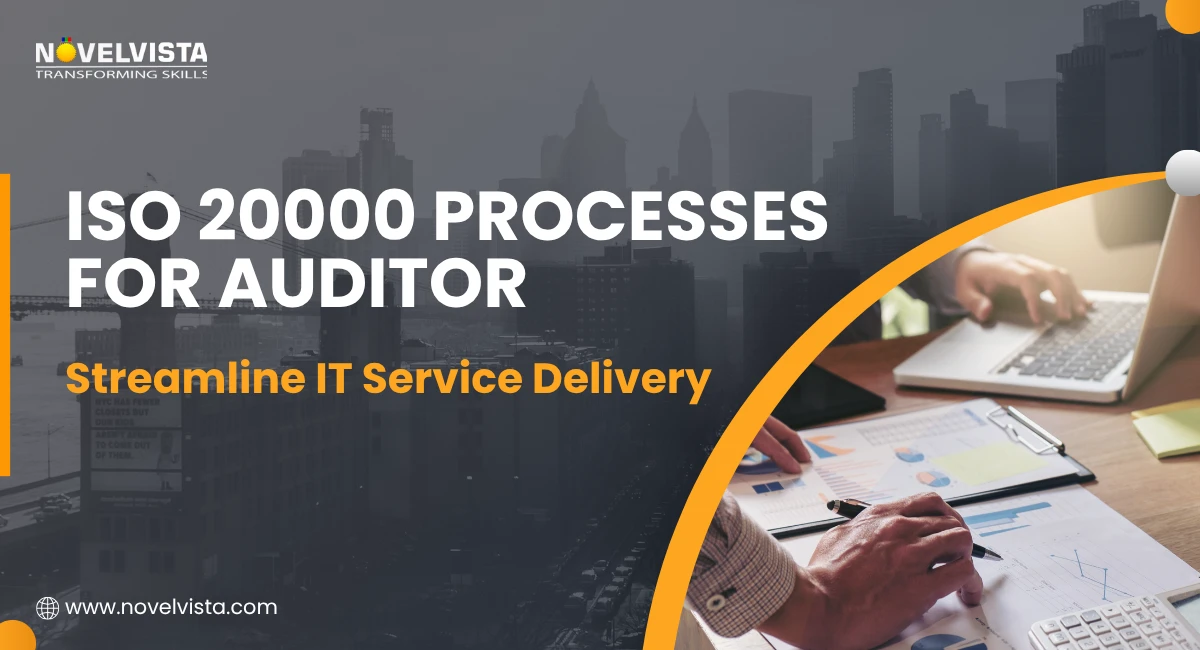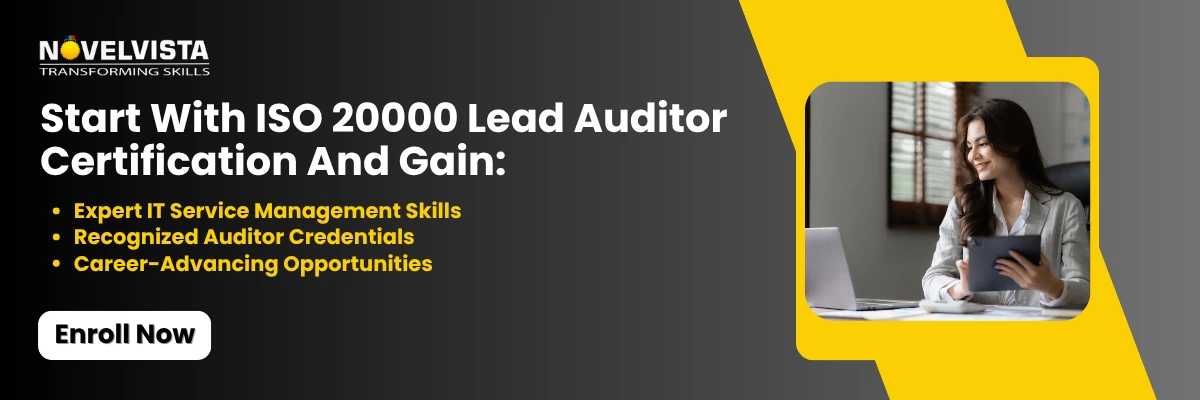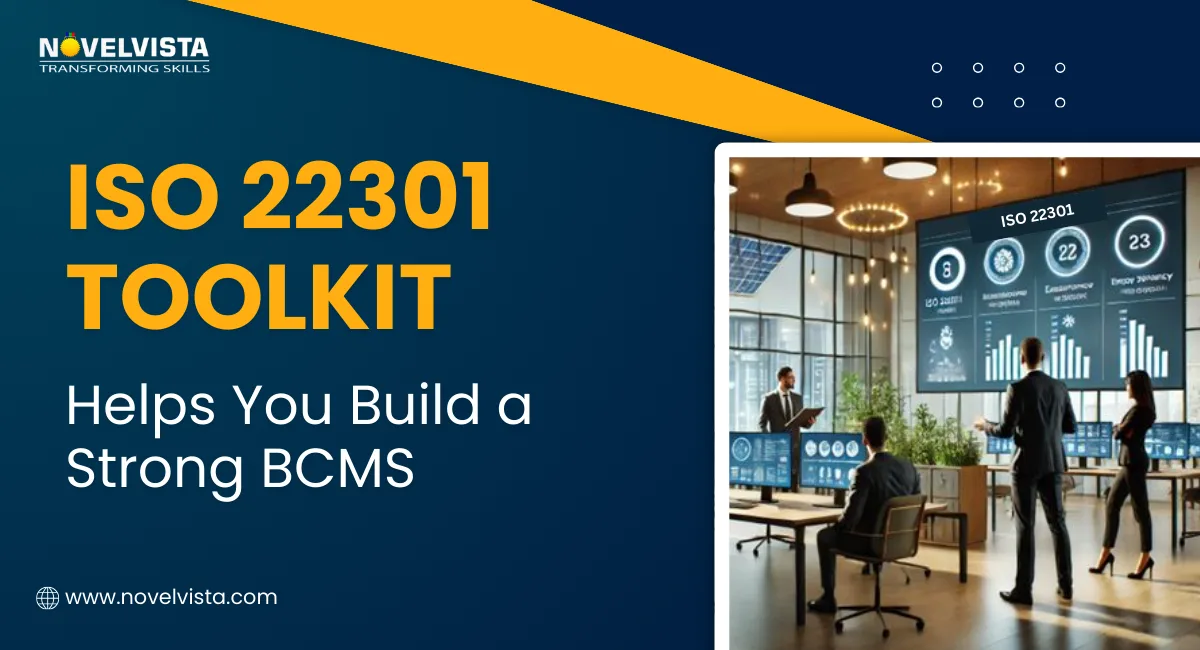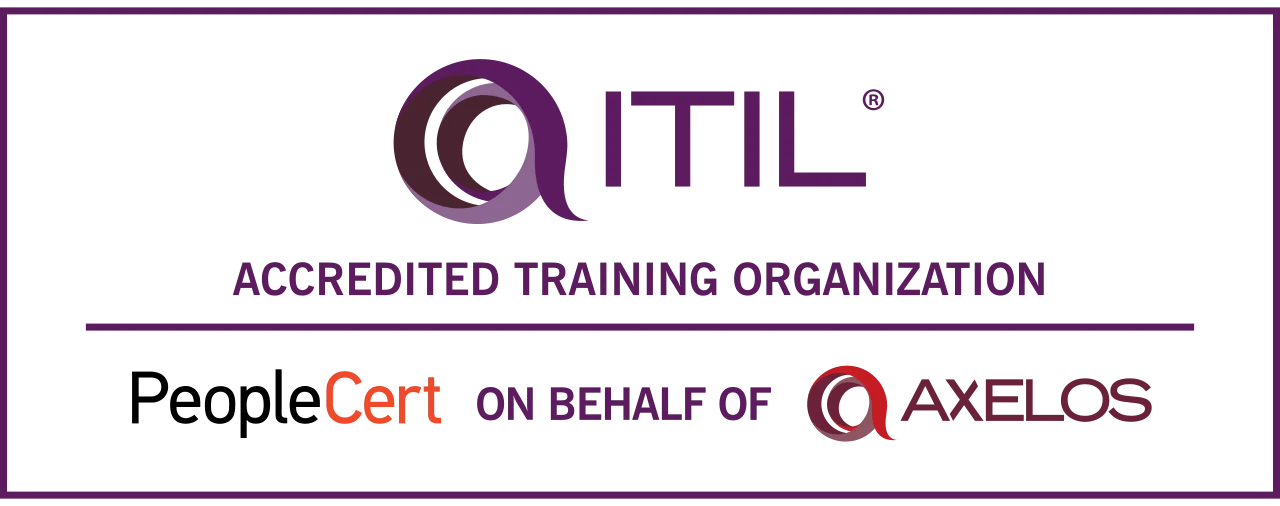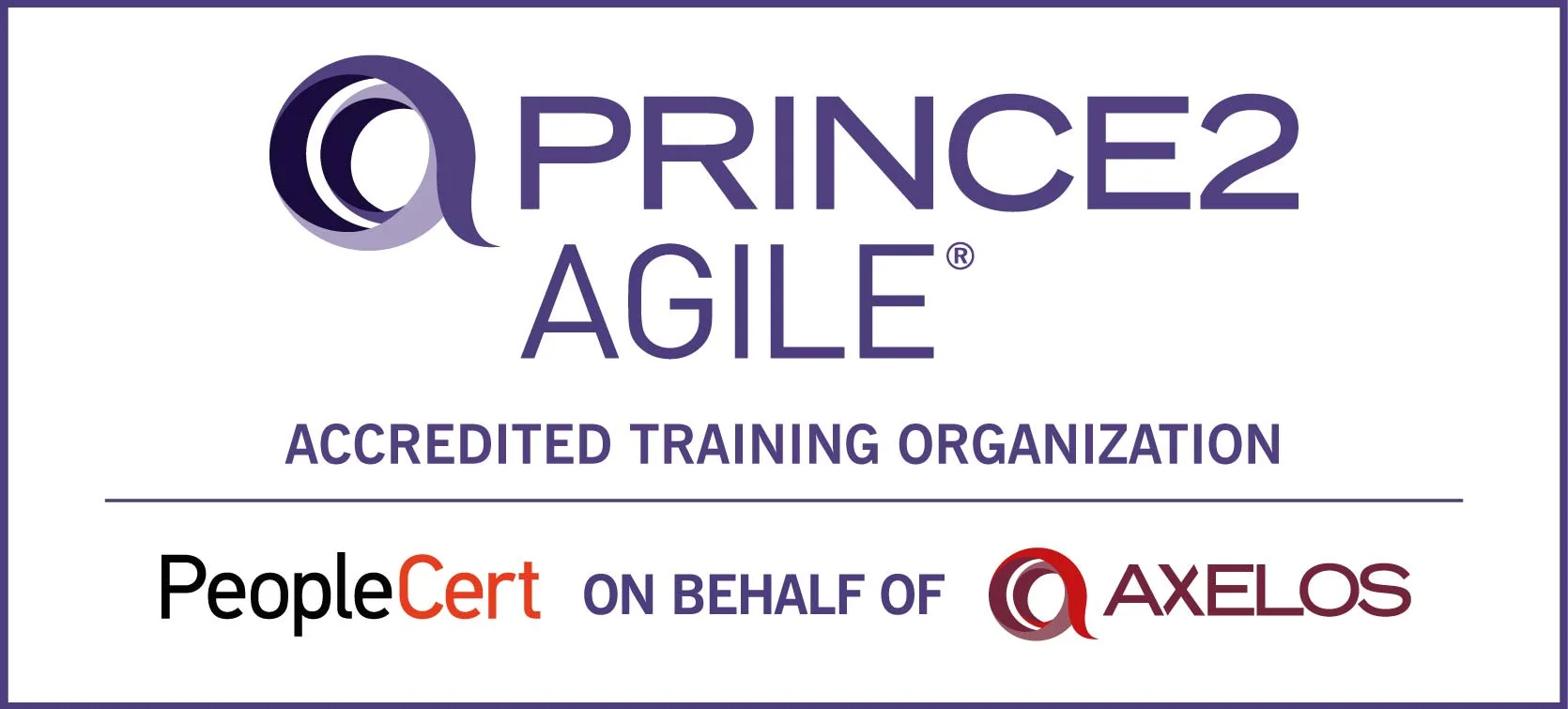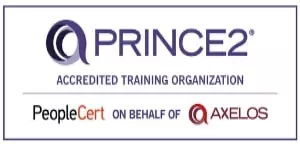Many organizations struggle with inconsistent IT services and recurring incidents. Are you facing the same? That’s where iso 20000 clauses come in, forming the backbone of a standardized IT Service Management (ITSM) system. By understanding and implementing these clauses, organizations can streamline service delivery, reduce downtime, and improve customer satisfaction.
This article walks you through the iso 20000 framework, key clauses, processes, incident and change management, and the certification process to help both professionals and organizations elevate their IT service management practices.
What is ISO 20000? A Quick Overview
ISO 20000 is the global standard for IT Service Management, designed to help organizations deliver high-quality IT services consistently. It aligns closely with ITIL practices, providing a structured approach to manage, monitor, and improve IT services. By implementing ISO 20000, organizations can ensure better service quality, reduce operational risks, and enhance customer trust.
For professionals and organizations wanting a deeper understanding, check out our detailed ISO 20000 blog here, which explores practical implementation strategies and real-world case studies.
Key Clauses of the ISO 20000 Framework
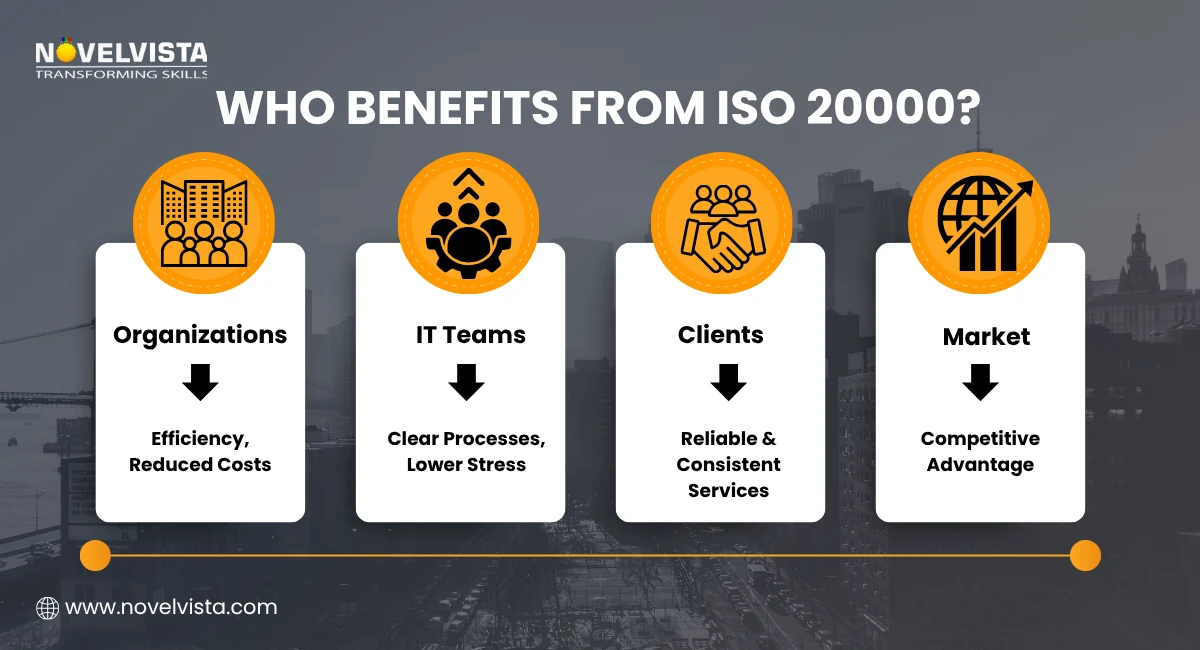
The iso 20000 clauses form the backbone of the ISO 20000 framework. They define the requirements and responsibilities needed for effective IT service management. Here’s a breakdown of the main clauses:
- Context of the Organization – This clause emphasizes understanding both internal and external factors that affect IT services. Organizations need to identify key stakeholders, technological constraints, and business objectives to align IT services effectively.
- Leadership – Leadership commitment is essential. Top management must define roles, responsibilities, and allocate resources to ensure that ITSM objectives align with organizational goals. Leadership also fosters a culture of continual improvement.
- Planning – Strategic planning under ISO 20000 ensures that risks are assessed, objectives are set, and necessary actions are identified. This includes anticipating potential service disruptions and designing controls to prevent them.
- Support – This clause covers the resources, documentation, skills, and communication channels required for delivering IT services. Competent staff, clear documentation, and efficient communication are key to achieving service excellence.
- Operation – Focuses on actual service delivery and process execution. Organizations must ensure that day-to-day operations follow defined processes, meeting service levels and customer expectations consistently.
- Performance Evaluation – Organizations are required to monitor, measure, analyze, and evaluate the effectiveness of their ITSM processes. This ensures that services meet objectives and provides insights for improvements.
- Improvement – Continuous improvement is at the heart of ISO 20000. Organizations must identify gaps, address recurring issues, and implement enhancements to optimize service delivery.
Implementing these iso 20000 clauses ensures that IT services are reliable, measurable, and continually evolving. They also form the foundation for further processes like incident management, change management, and eventually, certification.
Core Processes in ISO 20000
The iso 20000 processes ensure that IT services are delivered effectively and consistently. Key processes include:
- Service Delivery – Manages service levels, capacity, availability, and continuity. Ensures that IT services meet agreed-upon standards and customer expectations.
- Relationship – Focuses on managing stakeholders and suppliers. Maintaining strong relationships ensures smooth service delivery and quick issue resolution.
- Resolution – Covers incident and problem management, helping organizations restore services quickly and prevent future issues.
- Control – Involves configuration and change management, ensuring IT assets and changes are tracked, approved, and implemented with minimal risk.
- Release – Manages the deployment of new or updated services in a controlled manner, reducing disruption and ensuring smooth transitions.
By following these iso 20000 processes, organizations can maintain service consistency, reduce downtime, and deliver high-quality IT services that align with business objectives.
ISO 20000 vs ITIL – ITSM Excellence Guide
Confused between ISO 20000 and ITIL?
Get a clear side-by-side comparison with
certification insights and a roadmap to ITSM success.
Incident Management in ISO 20000
ISO 20000 incident management is all about quickly restoring normal IT service after a disruption. The process tracks, prioritizes, and resolves incidents efficiently.
Benefits include:
- Minimizing service downtime
- Improving customer satisfaction
- Providing metrics for continual improvement
For example, a network outage affecting multiple users would be logged, assessed, assigned to the appropriate team, and resolved according to pre-defined procedures. Effective iso 20000 incident management prevents recurring issues and ensures business continuity.
Change Management in ISO 20000
ISO 20000 change management provides a structured approach to implementing IT changes safely. Every change follows a clear process: request, review, approval, implementation, and documentation.
Benefits include:
- Reducing risks associated with IT changes
- Improving service stability
- Aligning IT services with business goals
For instance, rolling out a new software update without disrupting critical operations is only possible through a well-managed iso 20000 change management process.
ISO 20000 Certification Process
Achieving ISO 20000 certification validates that an organization follows best practices in ITSM. The iso 20000 certification process typically involves:
- Gap Analysis / Readiness Assessment – Identify existing gaps in ITSM practices.
- Implementation – Apply the ISO 20000 framework and processes across the organization.
- Internal Audit – Assess compliance and readiness for certification.
- External Certification Audit – Conducted by an accredited body to confirm adherence.
- Continual Improvement & Surveillance Audits – Ensure ongoing compliance and improvement.
Certification benefits both the organization and its IT professionals, enhancing credibility, efficiency, and service quality.
Real-World Impact of ISO 20000 Framework
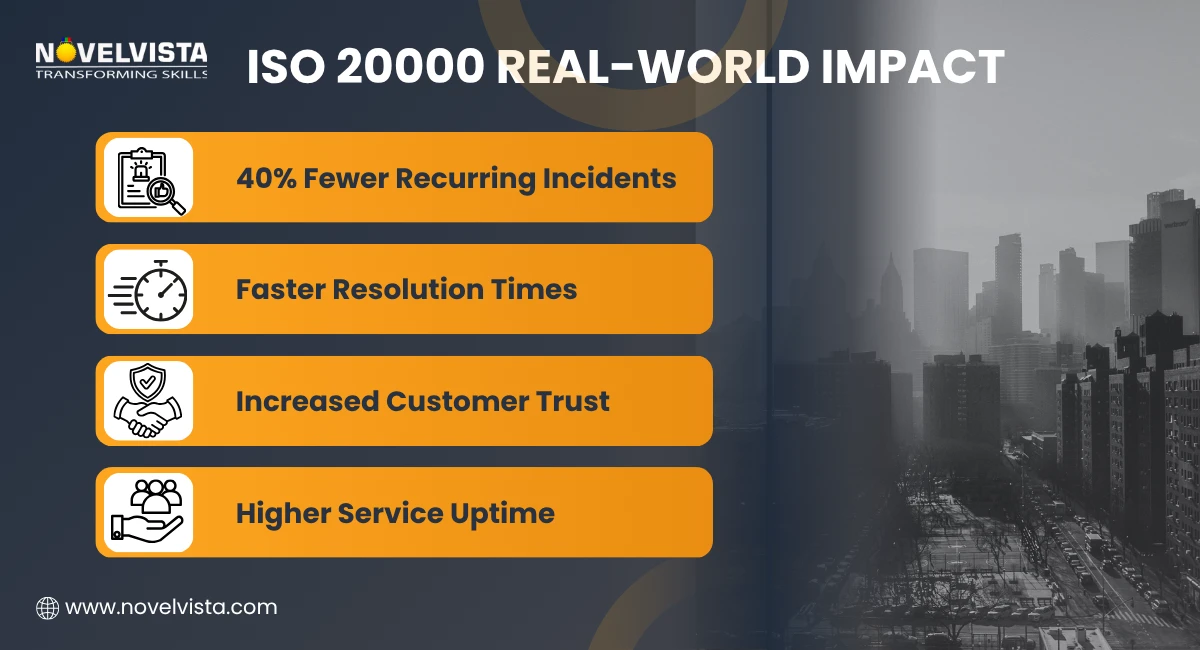
Organizations implementing the iso 20000 framework see tangible benefits:
- Improved service quality and operational efficiency
- Reduced IT incidents and faster resolution times
- Enhanced customer satisfaction and trust
- Better alignment with industry standards and global best practices
Organizations implementing ISO 20000 often report measurable improvements. For example, a global IT services provider reduced recurring incidents by 40% within six months of adopting the framework. Another multinational achieved faster incident resolution and improved service uptime, directly contributing to contract renewals and customer retention. These outcomes demonstrate the practical impact of ISO 20000 on operational efficiency and business results.
Conclusion and Next Step
Understanding the iso 20000 clauses, processes, incident management, and change management is essential for both IT professionals and organizations striving for service excellence. Implementing the ISO 20000 framework improves efficiency, reduces risk, and enhances customer satisfaction, making certification a valuable milestone.
Next Step
Elevate your IT career and organization’s service management standards by enrolling in NovelVista’s SRE Foundation Training Course. Gain hands-on insights into ISO 20000 implementation, incident & change management, and the certification process to stay ahead in the ITSM landscape. Become a certified professional capable of driving IT excellence, improving service quality, and ensuring your organization delivers consistent, reliable IT services.
Frequently Asked Questions
Author Details

Mr.Vikas Sharma
Principal Consultant
I am an Accredited ITIL, ITIL 4, ITIL 4 DITS, ITIL® 4 Strategic Leader, Certified SAFe Practice Consultant , SIAM Professional, PRINCE2 AGILE, Six Sigma Black Belt Trainer with more than 20 years of Industry experience. Working as SIAM consultant managing end-to-end accountability for the performance and delivery of IT services to the users and coordinating delivery, integration, and interoperability across multiple services and suppliers. Trained more than 10000+ participants under various ITSM, Agile & Project Management frameworks like ITIL, SAFe, SIAM, VeriSM, and PRINCE2, Scrum, DevOps, Cloud, etc.
Course Related To This blog
ISO 20000:2018 Lead Auditor
Confused About Certification?
Get Free Consultation Call

